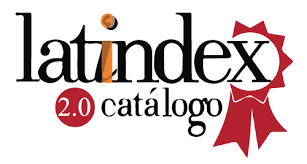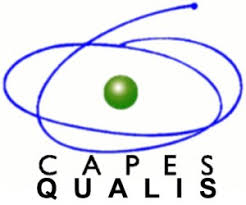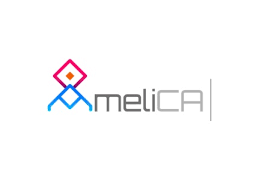First graders' work on additive problems with the use of different notational tools
DOI:
https://doi.org/10.35305/revistairice.v21i21.506Resumen
We explored the use of three types of notational tools (paper and pencil, unlabeled tables, and labeled tables) with twenty-two children in Grade 1 who were solving Vergnaud's Category II and IV additive problems. Our results indicate that for Category II problems, which are simpler, children have a higher rate of success when they are able to solve them orally, without any notational tool. However, for Category IV problems, which are more complex, children perform better when they have access to notational tools than when they solve the problems without access to notations. Among the children interviewed for this study, unlabeled tables help them the most, followed by the use of paper and pencil.
Descargas
Descargas
Publicado
Cómo citar
Número
Sección
Licencia
Aquellos autores/as que tengan publicaciones con esta revista, aceptan los términos siguientes:
- Los autores/as conservarán sus derechos de autor y garantizarán a la revista el derecho de primera publicación de su obra, el cuál estará simultáneamente sujeto a la Licencia Creative Commons Reconocimiento-NoComercial-CompartirIgual 4.0.
- Los autores/as podrán adoptar otros acuerdos de licencia no exclusiva de distribución de la versión de la obra publicada (p. ej.: depositarla en un archivo telemático institucional o publicarla en un volumen monográfico) siempre que se indique la publicación inicial en esta revista.
- Se permite y recomienda a los autores/as difundir su obra a través de Internet (p. ej.: en archivos telemáticos institucionales o en su página web) antes y durante el proceso de envío, lo cual puede producir intercambios interesantes y aumentar las citas de la obra publicada. (Véase El efecto del acceso abierto).





















